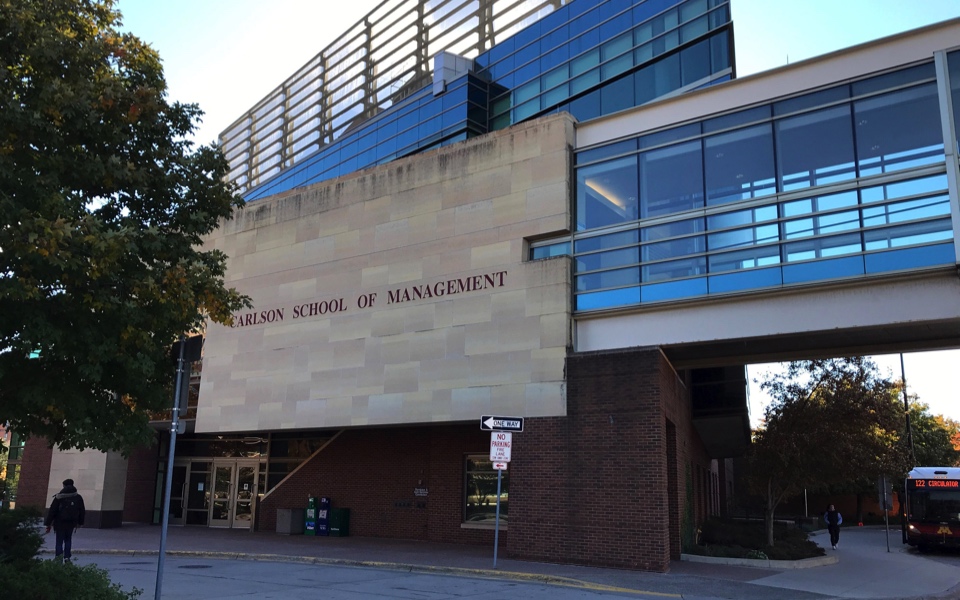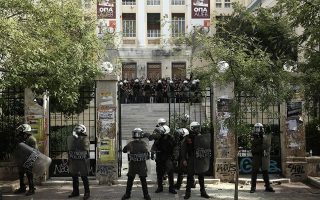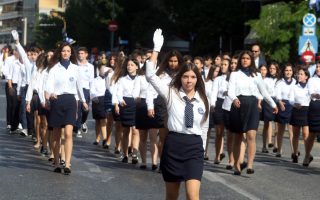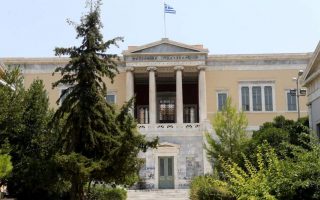US universities get along just fine without ‘asylum’

I left Greece after I finished high school, and therefore do not have firsthand experience of Greek academia. Over the years I have met and collaborated with many Greek academics and I can attest that their expertise and dedication are second to none. Not knowing how Greek universities work, except for what I have learned from the media, I will limit my comments to what I know well: how universities work in the USA.
Throughout my academic life I have been associated with two institutions: I was a student at the University of Minnesota and I have been teaching at Hamline University for 20 years. These two institutions are quite different. The U of M is a large public university. Its main campus in Minneapolis–Saint Paul covers about 1,100 hectares and has about 48,000 students and more than 3,800 faculty members. In contrast, HU is a small, private liberal arts college. It is located in Saint Paul on 77 hectares with fewer than 4,000 students and about 200 faculty members.
The two institutions are different in many ways but I will focus on one of their similarities. In common with all US institutions of higher learning, there is no such thing as “asylum.” University authorities have every right to call the police and demand that individuals who cause disruptions of any kind should be removed or arrested. In cases of emergency, individual members of the university community and even passers-by can call the police. The U of M has its own armed university police (I am not sure if they have had reason to use their weapons); HU has unarmed security.
In over 30 years as a student and professor at the above two institutions, I have never witnessed a class being interrupted by an individual or group. I should note here that the courses I teach deal with issues such as communism, fascism, as well as international affairs and conflicts, and I have never been threatened, or felt threatened, as I was learning or teaching.
To be sure, student demonstrations are not unheard of. In the old days with the civil rights movement and the war in Vietnam, demonstrations were much more common than they are these days. Nevertheless, as a student at the U of M, I witnessed demonstrations against CIA recruitment, US foreign policy, and a major demonstration the day then Vice President George H.W. Bush came to speak on campus.
The police intervened to keep the peace but students were allowed to express their views in strong words and actions. Similarly, a few years ago, when the president of HU refused to openly oppose an anti-same sex marriage amendment to the Minnesota State Constitution, Hamline students occupied the administration building in peaceful protest while the student paper denounced the timidity of the president. Again, security kept order but no one was arrested or removed.
Now, far be it from me to claim that whatever happens in the USA is right, or that the rest of the world should emulate the US, but what I can state with 100 percent certainty is that US universities are areas where ideas are freely exchanged, knowledge is imparted, skills are taught, and the academic community is free from interference from the state, the administration, and groups of people with their own particular agendas.
John A. Mazis is a history professor at Hamline University in Saint Paul, Minnesota.





